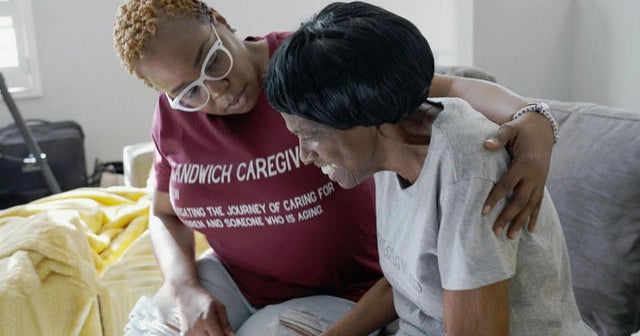Teen suicide: Risk factors, warning signs and prevention
According to the Centers for Disease Control and Prevention, suicide is the second leading cause of death for young people between 10 to 24.
If you or someone you know needs help, contact the National Suicide Prevention Lifeline at 1-800-273-TALK (8255) or the Crisis Text Line [Text HOME to 741741 from anywhere in the U.S.] In an emergency, call 911.
WARNING SIGNS
Sources: National Prevention Suicide Lifeline, National Alliance for Mental Illness
- Talking about wanting to die or to kill themselves
- Looking for a way to kill themselves, like searching online or buying a gun
- Feeling hopeless or having no reason to live
- Talking about feeling trapped or in unbearable pain
- Talking about being a burden to others
- Increasing use of alcohol or drugs
- Acting anxious or agitated; behaving recklessly
- Sleeping too little or too much
- Withdrawing or isolating themselves
- Showing rage or talking about seeking revenge
- Extreme mood swings; sudden changes in personality
- Running away from home
TEEN SUICIDE RISK FACTORS
- A recent or serious loss; might include the death of a family member, a friend or a pet. The separation or a divorce of parents, or a breakup with a boyfriend or a girlfriend, can also be felt as a profound loss, along with a parent losing a job, or the family losing their home.
- A psychiatric disorder, particularly a mood disorder like depression, or a trauma- and stress-related disorder.
- Prior suicide attempts increase risk for another suicide attempt.
- ·Alcohol and other substance use disorders, as well as getting into a lot of trouble, having disciplinary problems, engaging in a lot of high-risk behaviors.
- Struggling with sexual orientation in an environment that is not respectful or accepting of that orientation. The issue is not whether a child is gay or lesbian, but whether he or she is struggling to come out in an unsupportive environment.
- A family history of suicide is something that can be really significant and concerning, as is a history of domestic violence, child abuse or neglect.
- Lack of social support. A child who doesn't feel support from significant adults in her life, as well as her friends, can become so isolated that suicide seems to present the only way out of her problems.
- Bullying. We know that being a victim of bullying is a risk factor, but there's also some evidence that kids who are bullies may be at increased risk for suicidal behavior.
- Access to lethal means, like firearms and pills.
- Stigma associated with asking for help. One of the things we know is that the more hopeless and helpless people feel, the more likely they are to choose to hurt themselves or end their life. Similarly, if they feel a lot of guilt or shame, or if they feel worthless or have low self-esteem.
- Barriers to accessing services: Difficulties in getting much-needed services include lack of bilingual service providers, unreliable transportation, and the financial cost of services.
- Cultural and religious beliefs that suicide is a noble way to resolve a personal dilemma.
RESOURCES
Here are just some of the many resources available online:
A parent's guide to helping a child in distress
Symptoms of depression in teenagers
National Suicide Prevention Lifeline | Youth page
Suicide Safety on Social Media
American Foundation for Suicide Prevention
National Institute of Mental Health
Suicide Prevention Resource Center
Substance Abuse and Mental Health Services Administration
Healthy Children.org: Help stop teen suicide



